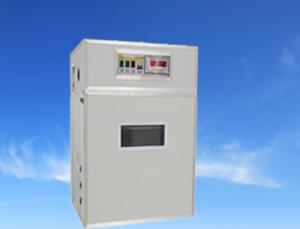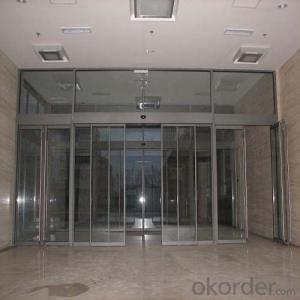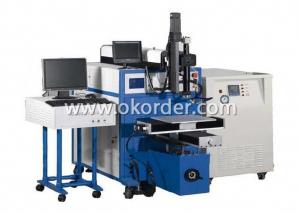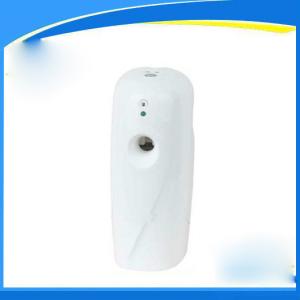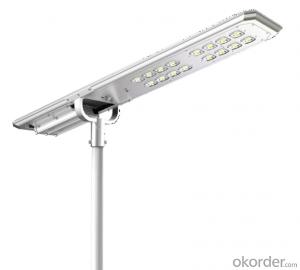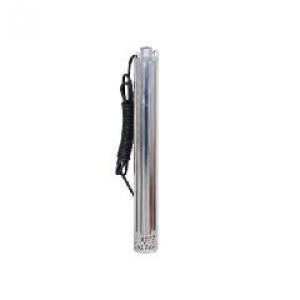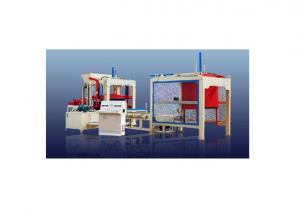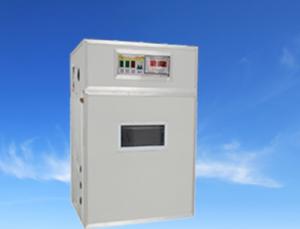Automatic Solar Inverter
Automatic Solar Inverter Related Searches
Solar Smart Inverter Smart Solar Inverter Solar Solar Inverter Smart Inverter Solar Intelligent Solar Inverter Solar Ac Inverter Ac Inverter Solar Advanced Energy Solar Inverter Smart Solar Power Inverter Sun Solar Inverter Smart Hybrid Solar Inverter Solar Based Inverter Solar Electric Inverter Solar Inverter System Inverter Solar Sunshine Solar Inverter Solar Power Ac Inverter Stand-Alone Inverter Solar Solar Powered Inverter Solar Photovoltaic Inverter Complete Solar Inverter System Solar Hybrid Inverter Solar Power Inverter System Solar Battery Inverter Solar Inverter Ac Hybrid Solar Inverter Battery Solar Inverter Solar Energy Inverter Arduino Solar Inverter Digital Solar InverterAutomatic Solar Inverter Supplier & Manufacturer from China
Automatic Solar Inverters are advanced power conversion devices designed to optimize the performance of solar energy systems. These inverters automatically adjust to varying solar panel outputs, ensuring maximum efficiency and power generation. They are crucial components in both residential and commercial solar power setups, as they convert the direct current (DC) generated by solar panels into alternating current (AC) that can be used by electrical appliances and fed into the power grid.The Automatic Solar Inverter finds its application in a wide range of scenarios, from powering homes and businesses to supporting off-grid living and remote area electrification. They are particularly useful in areas with fluctuating sunlight, as they can handle the changes in solar panel output without compromising the system's performance. By automatically adjusting to the available solar energy, these inverters help maintain a consistent power supply, making them an essential part of any solar energy system.
Okorder.com is a reputable wholesale supplier of Automatic Solar Inverters, boasting a large inventory that caters to various needs and preferences. With a commitment to quality and customer satisfaction, Okorder.com ensures that the Automatic Solar Inverters they provide are of the highest standard, meeting the demands of different solar energy applications.
